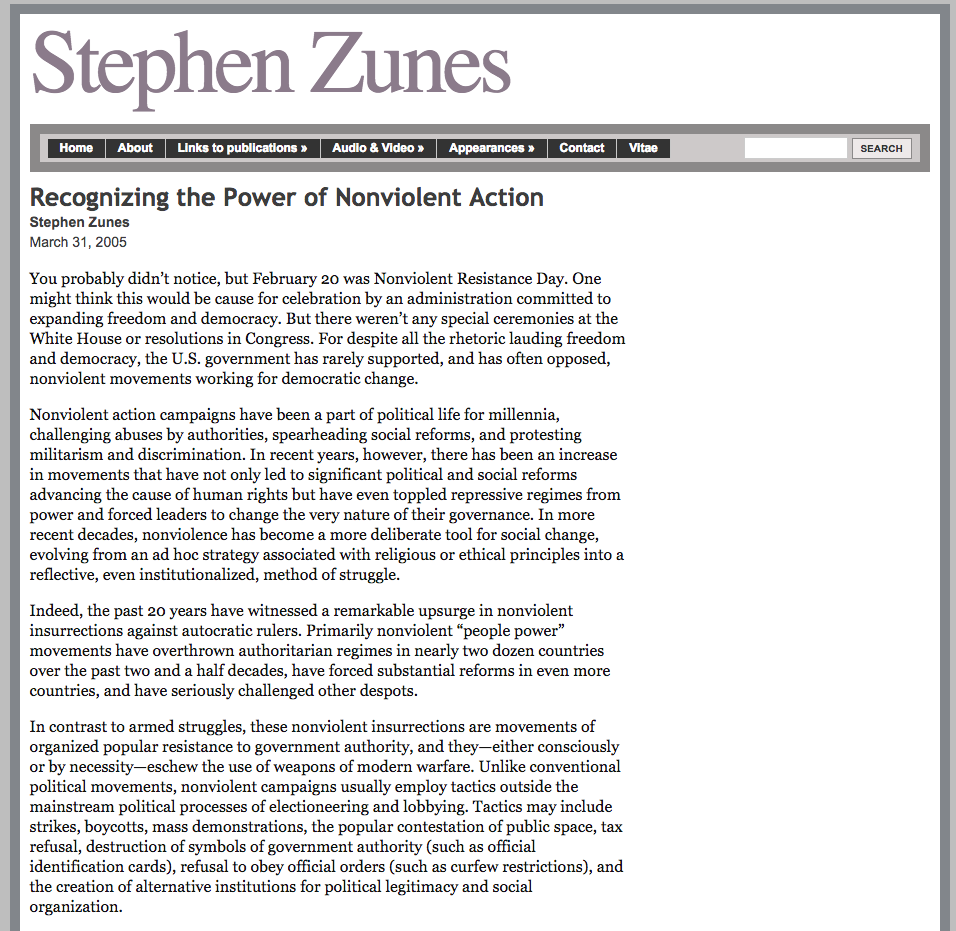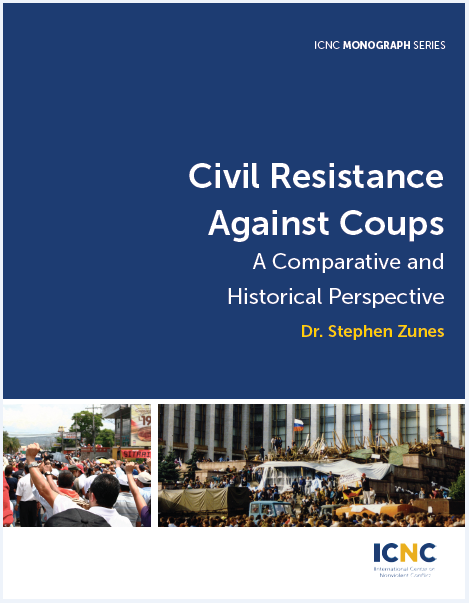
Recognizing the Power of Nonviolent Action
Nonviolent action campaigns have been a part of political life for millennia, challenging abuses by authorities, spearheading social reforms, and protesting militarism and discrimination. In recent years, however, there has been an increase in movements that have not only led to significant political and social reforms advancing the cause of human rights but have even toppled repressive regimes from power and forced leaders to change the very nature of their governance. In more recent decades, nonviolence has become a more deliberate tool for social change, evolving from an ad hoc strategy associated with religious or ethical principles into a reflective, even institutionalized, method of struggle.
Indeed, the past 20 years have witnessed a remarkable upsurge in nonviolent insurrections against autocratic rulers. Primarily nonviolent “people power” movements have overthrown authoritarian regimes in nearly two dozen countries over the past two and a half decades, have forced substantial reforms in even more countries, and have seriously challenged other despots.
In contrast to armed struggles, these nonviolent insurrections are movements of organized popular resistance to government authority, and they—either consciously or by necessity—eschew the use of weapons of modern warfare. Unlike conventional political movements, nonviolent campaigns usually employ tactics outside the mainstream political processes of electioneering and lobbying. Tactics may include strikes, boycotts, mass demonstrations, the popular contestation of public space, tax refusal, destruction of symbols of government authority (such as official identification cards), refusal to obey official orders (such as curfew restrictions), and the creation of alternative institutions for political legitimacy and social organization.
stephenzunes.org, March 31, 2005



